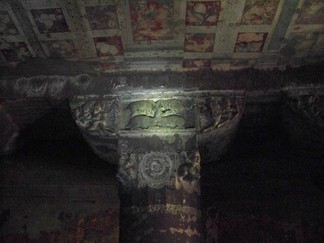 =0=
=0= =0=
=0=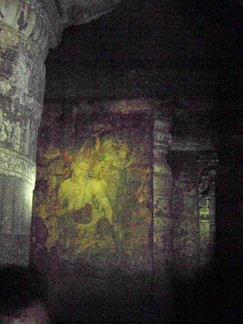 =0=
=0=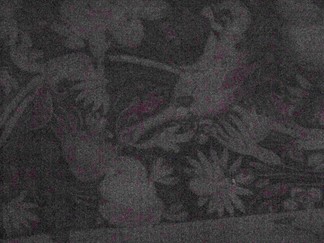 =0=
=0=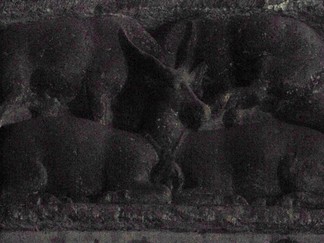 =0=
=0= =0=
=0=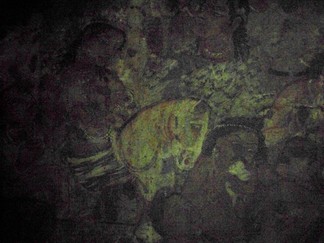 =0=
=0=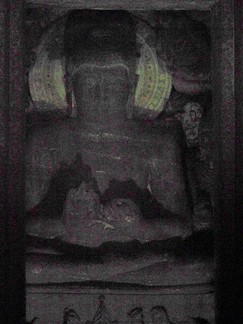 =0=
=0=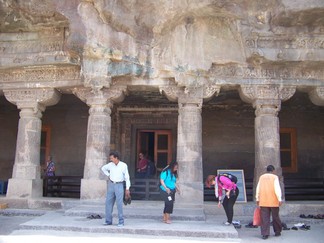 =0=
=0= =0=
=0=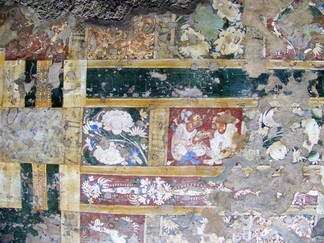 =0=
=0= =0=
=0=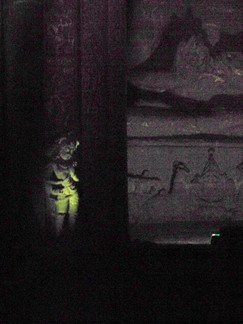 =0=
=0= =0=
=0=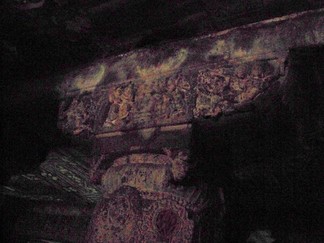 =0=
=0= =0=
=0= |
 =0=
=0= |
| The caves in Ajanta date from about 200BC to 700CE. They were abandoned about 700CE as Buddhism went into decline in that period of India for a variety of reasons. Partly the arrival of the Moslems and other warlike factions with which the Buddhists did not fare well, but also an increase in the popularity of Hinduism based on the teachings of Adi Shankara. The valley where they are located became known as tiger valley as tigers took up residence in the caves and it was an English hunter who discovered the caves. As such they were very well preserved (tigers don't vandalize and such) with four or five feet of rubble and such on the floor). To preserve the paintings, there were dehumidifiers and the lights were kept very low with no flashes permitted. Below is a phenomenal carving a four deers that seem to share the same head. |  =0=
=0= |
 =0=
=0= |
 =0=
=0= |
 =0=
=0= |
 =0=
=0= |
| Every aspect of the caves were carved from the mountain with pillars seeming as separate pieces but actually just part of the carving. There was tremendous detial with everything. Current thinking is that artists were brought in from neighboring lands with their families who just settled there and worked on the caves relying on patronage from the king. |  =0=
=0= |
 =0=
=0= |
 =0=
=0= |
 =0=
=0= |
 =0=
=0= |
| After carving out the desired shape and structure, everything was covered with plaster, first a rough plaster with sand, hair, grass, etc. and then a fine coat of lime to create the required very smooth surface. Then the plaster would be painted. In many places water destroyed the plaster and paintings, but in much more the paintings are preserved. |  =0=
=0= |
 =0=
=0= |
 =0=
=0= |
This page was last updated on March 25, 2012.